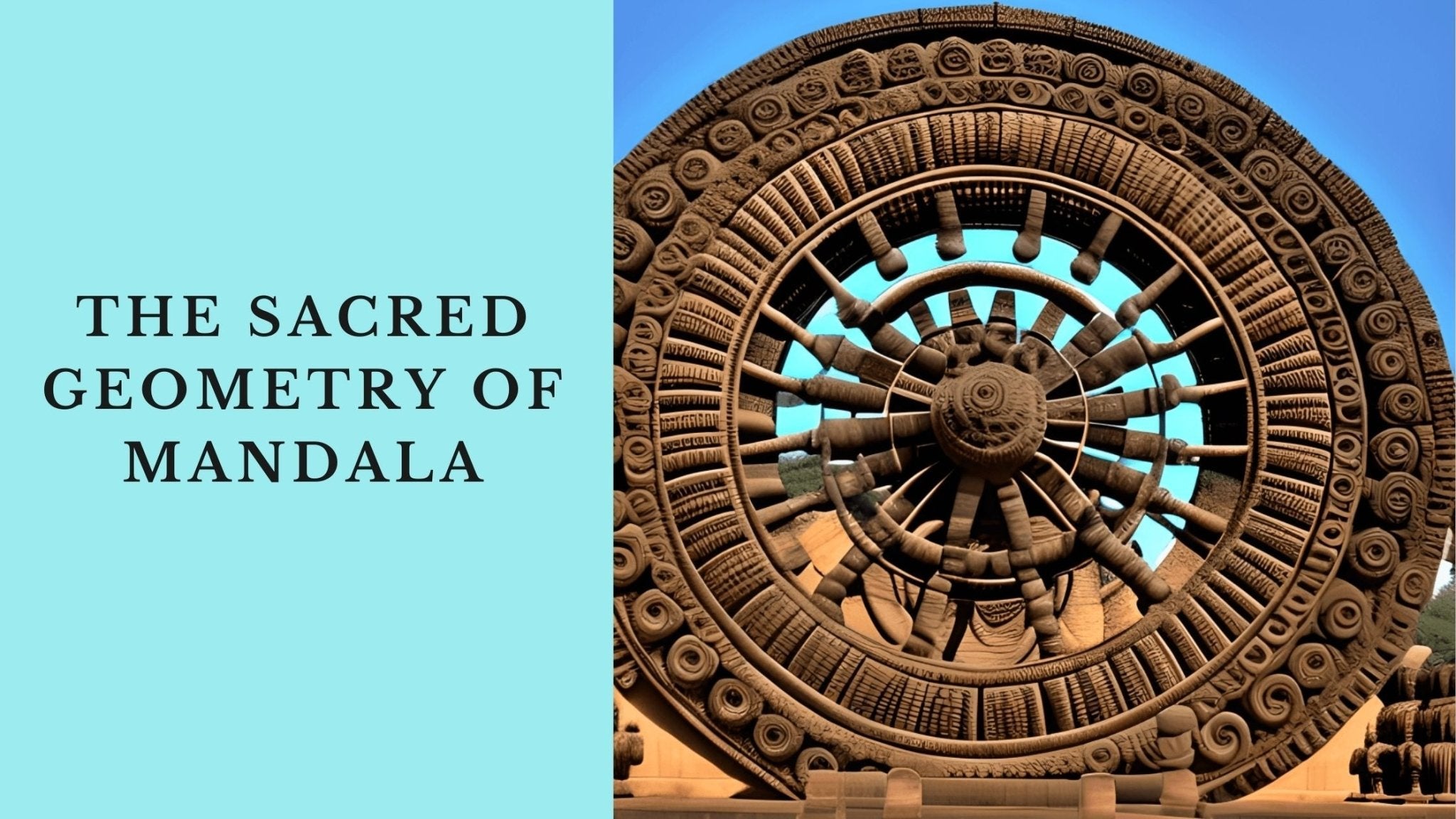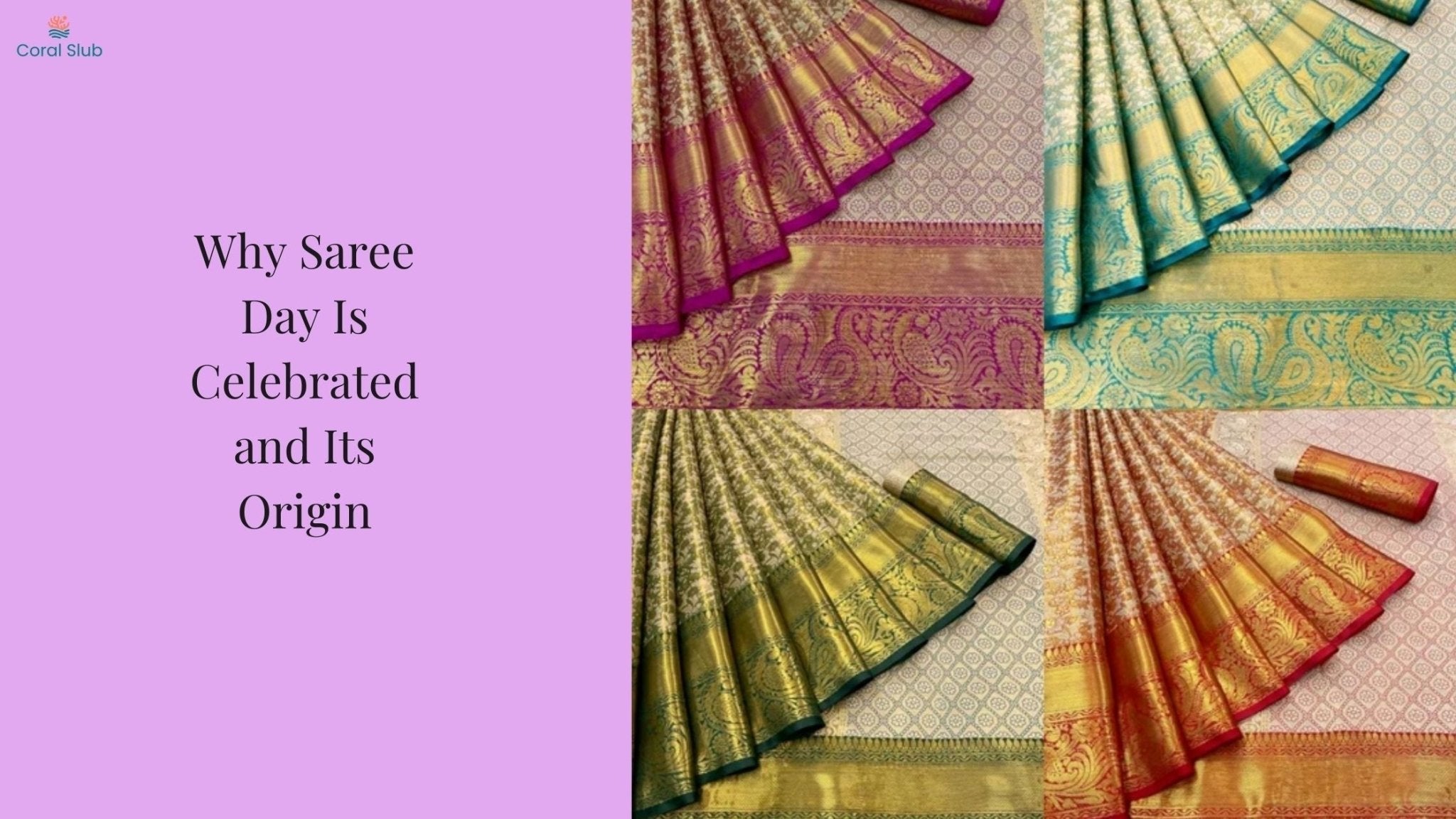Deep within the heart of Indian spirituality lies an art form that has captivated minds and souls for millennia - the Mandala. This sacred geometric pattern, whose name derives from the Sanskrit word for "circle," represents far more than mere artistic expression; it embodies the very essence of cosmic harmony and spiritual enlightenment that has been central to Indian culture since ancient times.
Ancient Indian Origins

While mandalas have found their way into various cultures worldwide, their roots run deep in Indian soil. The earliest manifestations of mandala patterns can be traced back to the Vedic period (1500-500 BCE), where they first appeared in the Rig Veda as spiritual diagrams representing the cosmos. These intricate patterns weren't just artistic expressions but served as architectural blueprints for many of India's most magnificent temples.
Sacred Architecture: Temples as Three-Dimensional Mandalas

Perhaps the most striking expression of mandala art in Indian culture is its influence on temple architecture. When viewed from above, many ancient Indian temples reveal perfect mandala patterns in their layout. The iconic Konark Sun Temple in Odisha, built in the 13th century, is a prime example where the entire structure follows mandala principles, with its ground plan resembling a giant mandala that radiates outward from the central sanctum.

The renowned Meenakshi Temple in Madurai further exemplifies this architectural marvel, where concentric squares and circles in the mandala pattern guide the entire temple design. These temples weren't just places of worship; they were physical manifestations of cosmic order, with each element carefully placed according to mandala principles.
Living Mandalas: From Rangoli to Kolam

The mandala tradition continues to live in everyday Indian life through art forms like Rangoli and Kolam. In South India, women create intricate Kolam patterns outside their homes every morning, using rice powder to form geometric designs that often follow mandala principles. These designs, while beautiful, carry deep symbolic meaning and are considered auspicious symbols of harmony and welcome.
Spiritual Significance and Universal Appeal

In Indian spirituality, mandalas serve as powerful tools for meditation and spiritual growth. The symmetrical patterns, radiating from a central point, represent the universe's infinite nature and our place within it. Hindu and Buddhist traditions have long used mandalas as aids in spiritual practices, with each pattern and color holding specific significance in the journey toward enlightenment.
Modern Renaissance: Mandalas in Contemporary Design

Today, the timeless appeal of mandala art has found new expression in contemporary interior design. The sacred geometry that once adorned temple walls now graces modern living spaces, bringing with it both aesthetic beauty and spiritual significance. Interior designers increasingly recognize mandalas' power to create focal points and add spiritual depth to living spaces.
Bringing Sacred Geometry Home
For those looking to incorporate this ancient art form into their living spaces, mandala-inspired home decor offers a perfect blend of tradition and contemporary style. Coral Slub's collection of mandala cushion covers, for instance, brings this sacred geometry into modern homes. Each piece features intricate mandala patterns that not only enhance the aesthetic appeal of your space but also create a subtle connection to this ancient spiritual art form.
These cushion covers, available in two different colours and patterns, allow you to infuse your living space with the same sacred geometry that has graced India's temples for centuries. Whether used as meditation aids or purely decorative elements, they serve as beautiful reminders of the interconnectedness of all things - a central theme in mandala symbolism.
Conclusion
In conclusion, the mandala's journey from ancient Indian temples to modern home decor represents the enduring power of this sacred art form. As we continue to seek balance and harmony in our lives, the mandala remains a powerful symbol of cosmic order and inner peace, as relevant today as it was thousands of years ago.










